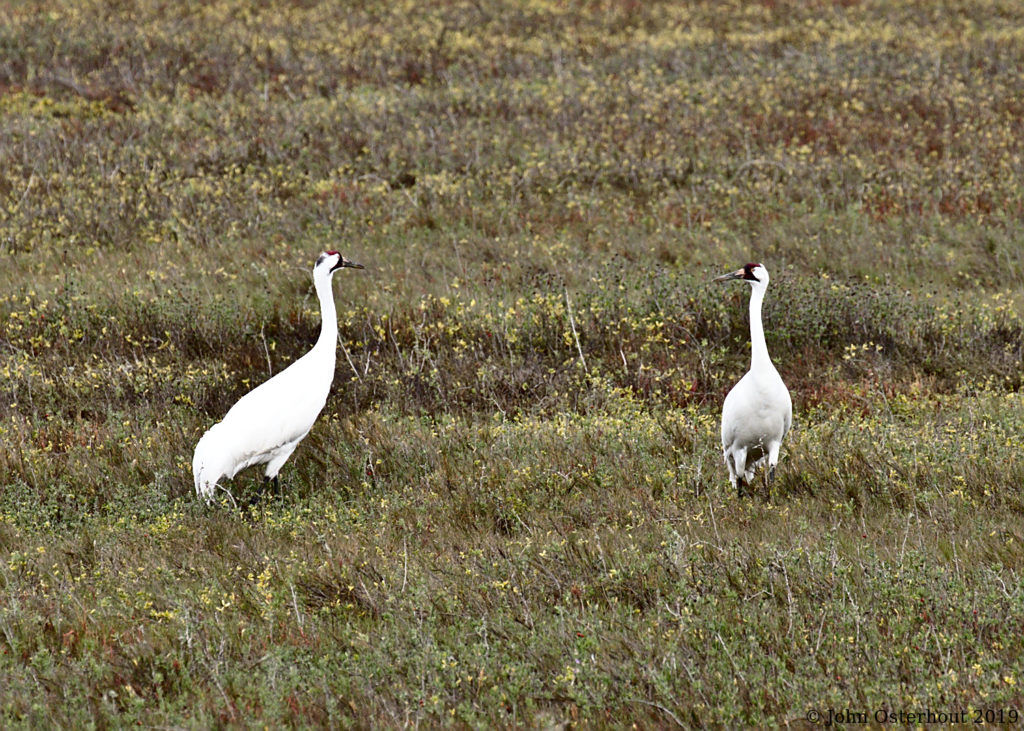
After my NaNoWriMo month of November, I took a little break from posting in December. I wasn’t idle. I worked on New Ring Rising, the second book in my Once Upon a Time in Central Oith series. Kathryn and I also went down to the coast to see whooping cranes and do a little birding. This post is about the birds we saw. Pictured above is a pair of whooping cranes we saw from The Skimmer, a tour boat out of Fulton Harbor, run by Rockport Birding and Kayak Adventures. Captain Tommy took us out for a three-hour tour (remember Gilligan’s Island?) and pointed out birds and points of interest along the way. We have taken the tour several times and never failed to see whooping cranes.
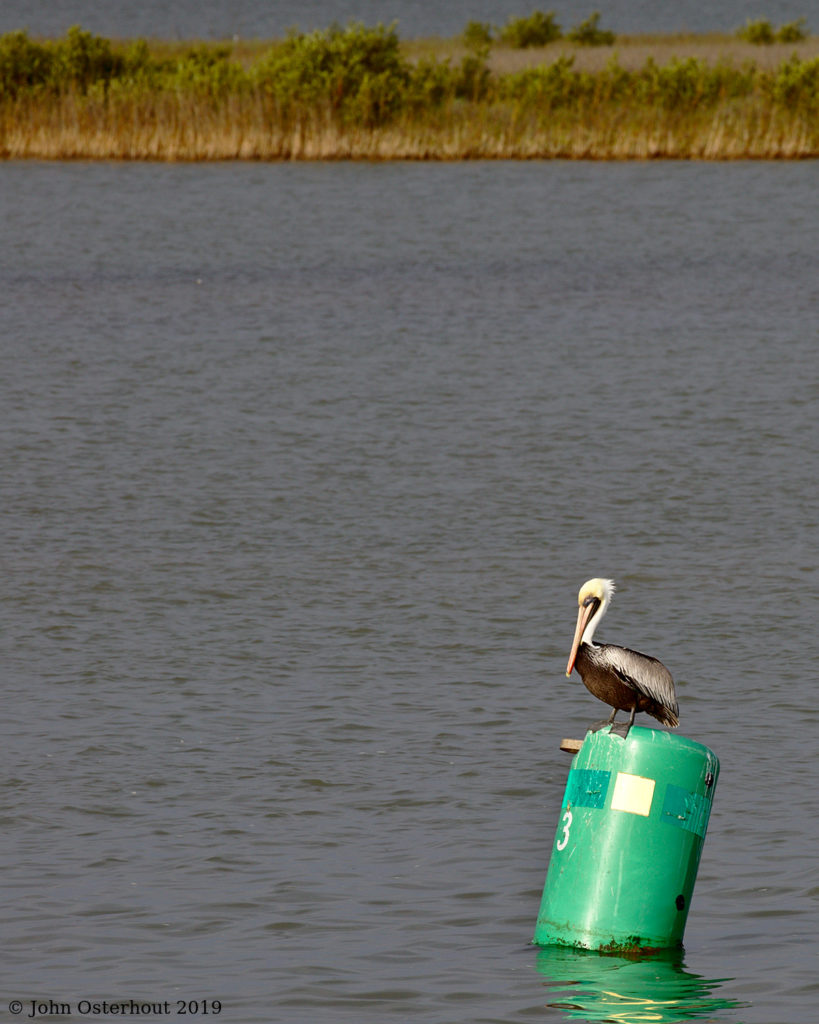
This brown pelican is hanging out on a channel marker in the Intracoastal Waterway, which runs through the back of the Aransas National Wildlife Refuge. The green channel markers (or more properly, the ones with the yellow squares), should be kept on the left as you go south. Seen during our tour on the Skimmer.
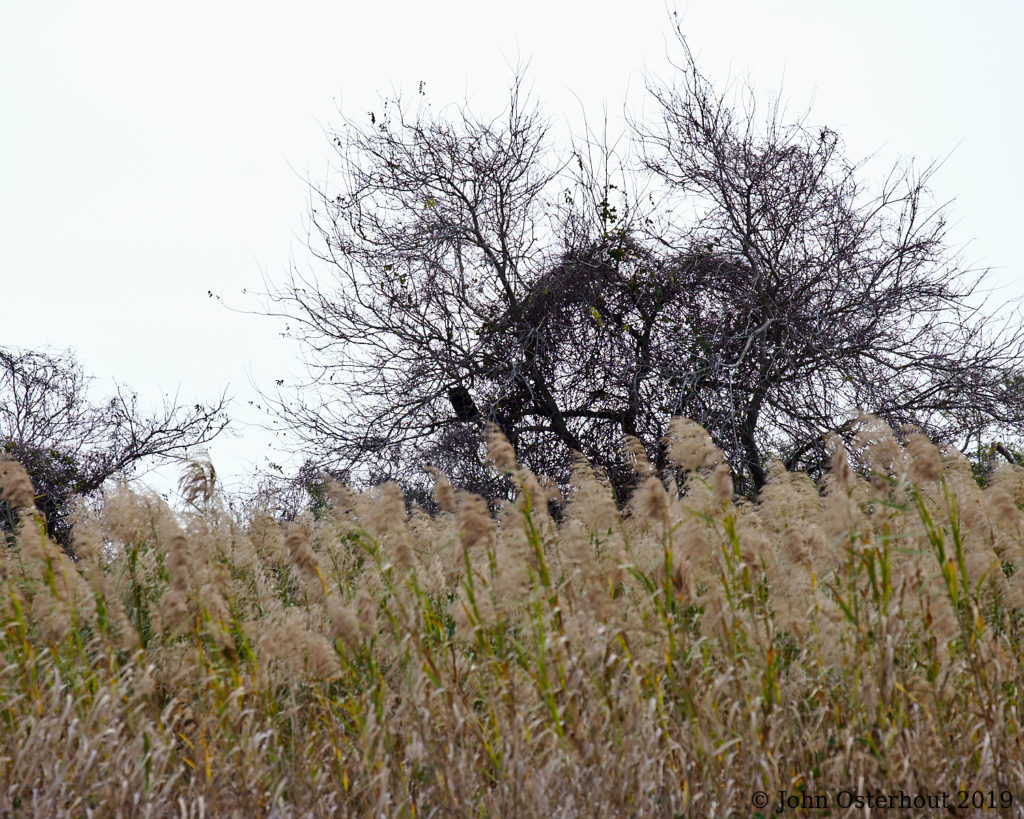
Captain Tommy called this a barn owl. Apparently, it’s been seen here before, so I’m presuming there has been a more positive identification made at some point. I’m going with barn owl until proven wrong. It’s a pretty cool silhoette though, eh? I’ve got a couple of shots of this bird. If you blow them way way up, you can just make out an eye. So I think it’s a creature rather than a cardboard box caught in the tree.
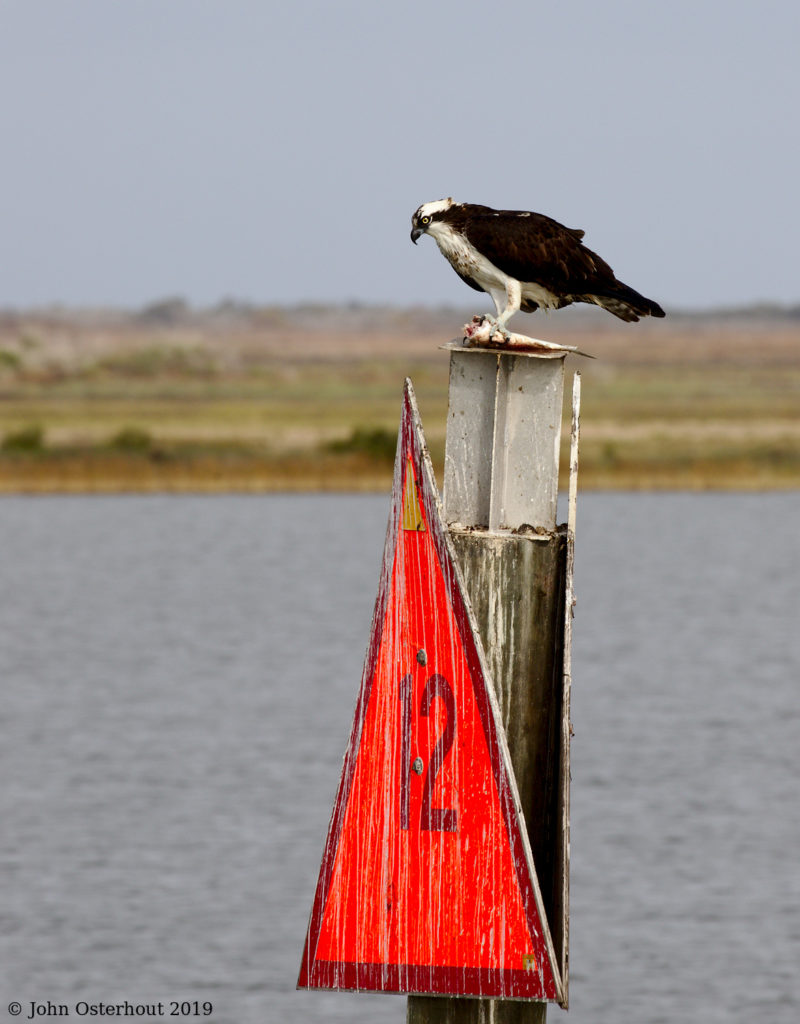
This osprey was happily munching down on a tasty fish when we passed by. He wasn’t particularly happy to have his lunch disturbed, but he didn’t fly off in a huff. The red marker with the yellow triangle indicates the right side of the channel going south.
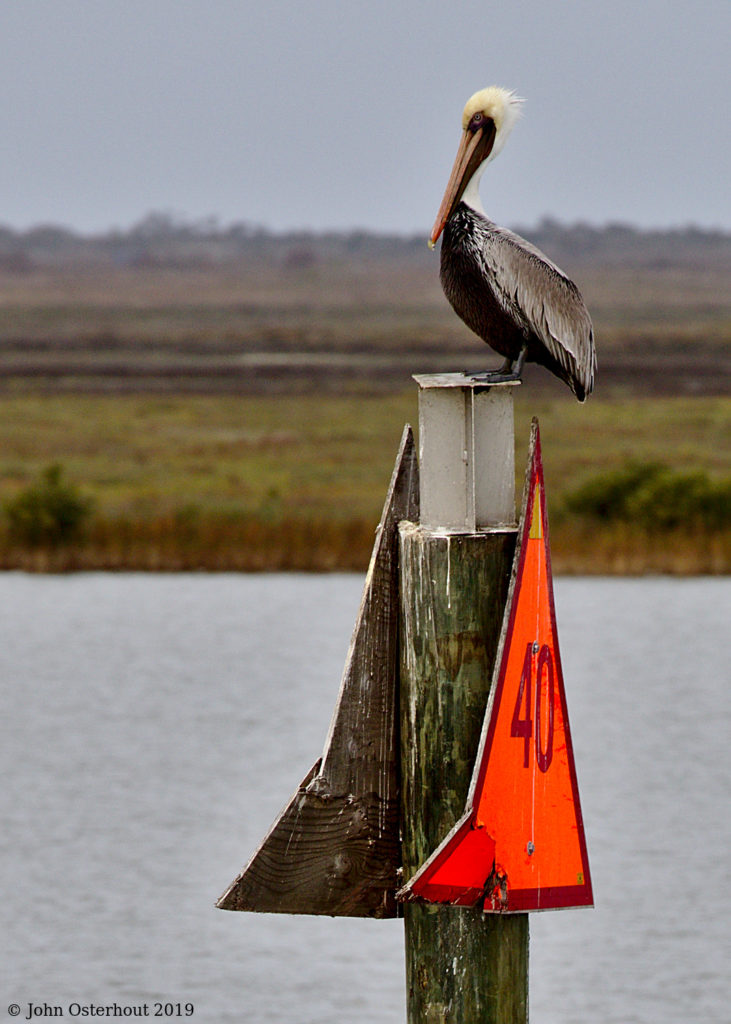
What can I say, I like brown pelicans. This one is just being cool atop a channel marker.
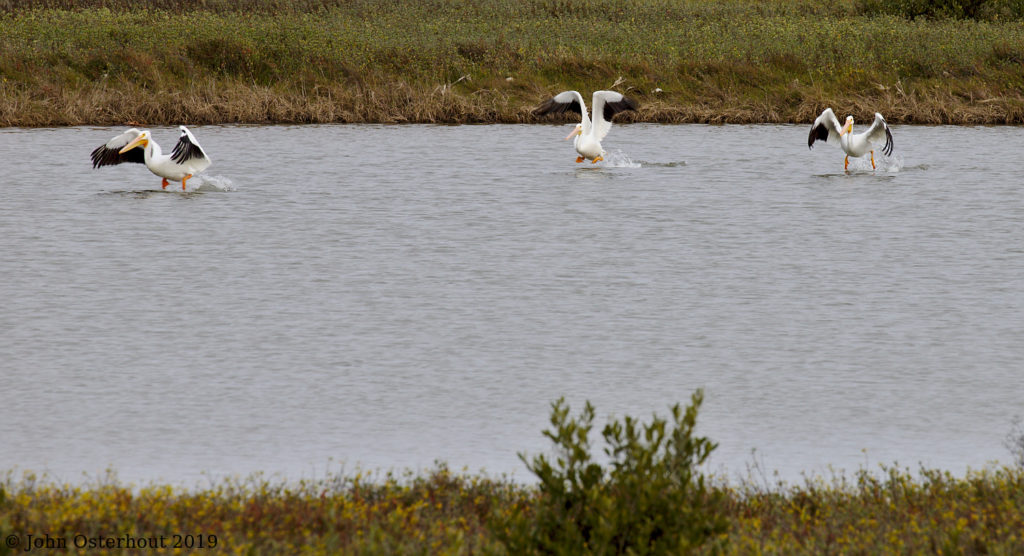
Pelicans are really cool, but they are a little clumsy looking on the takeoffs and landings. I caught these three in the process of getting airborne. Once they are up, they flap and glide gracefully along.
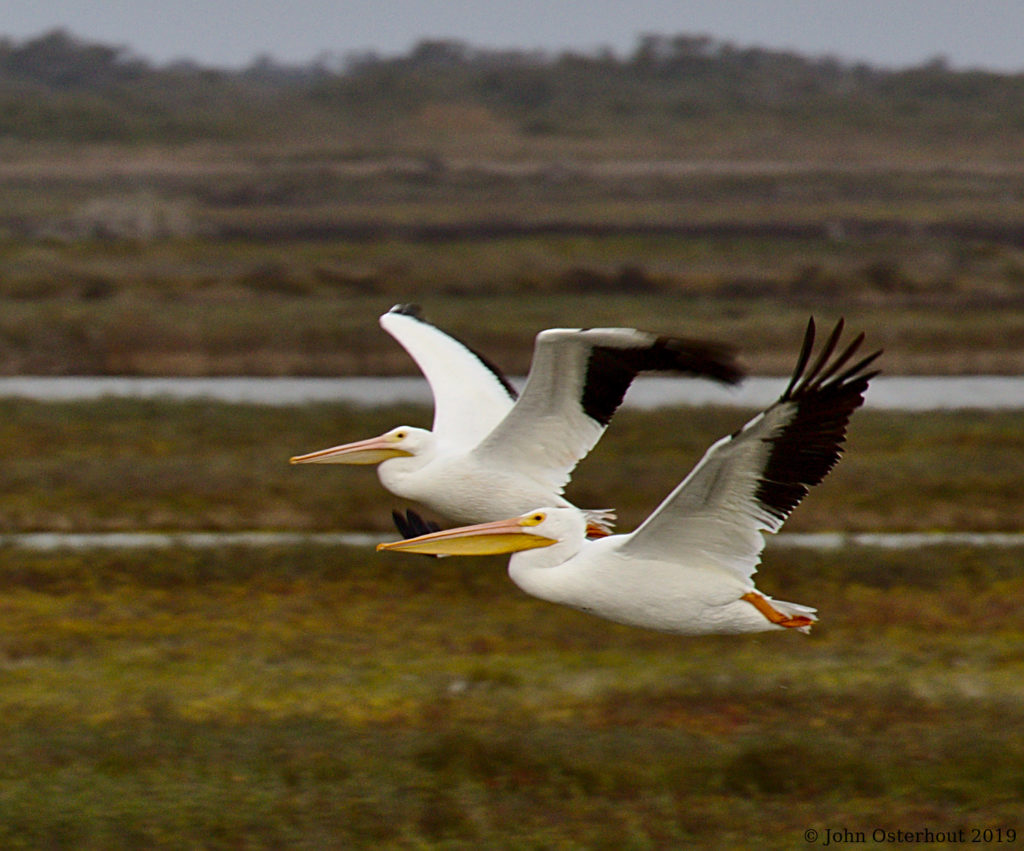
Here are two of the previous three pelican in flight. Cool.
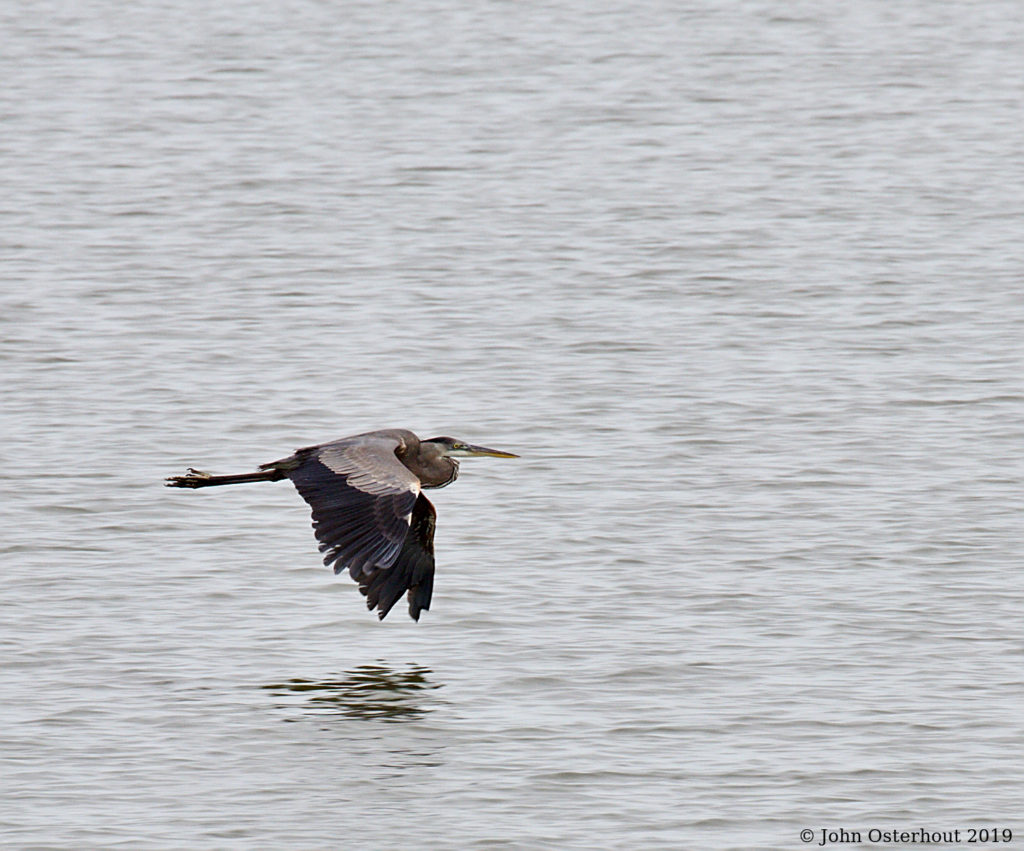
Here is a Great Blue Heron going somewhere. He didn’t tell. I didn’t ask. He was probably just going to lunch anyway.
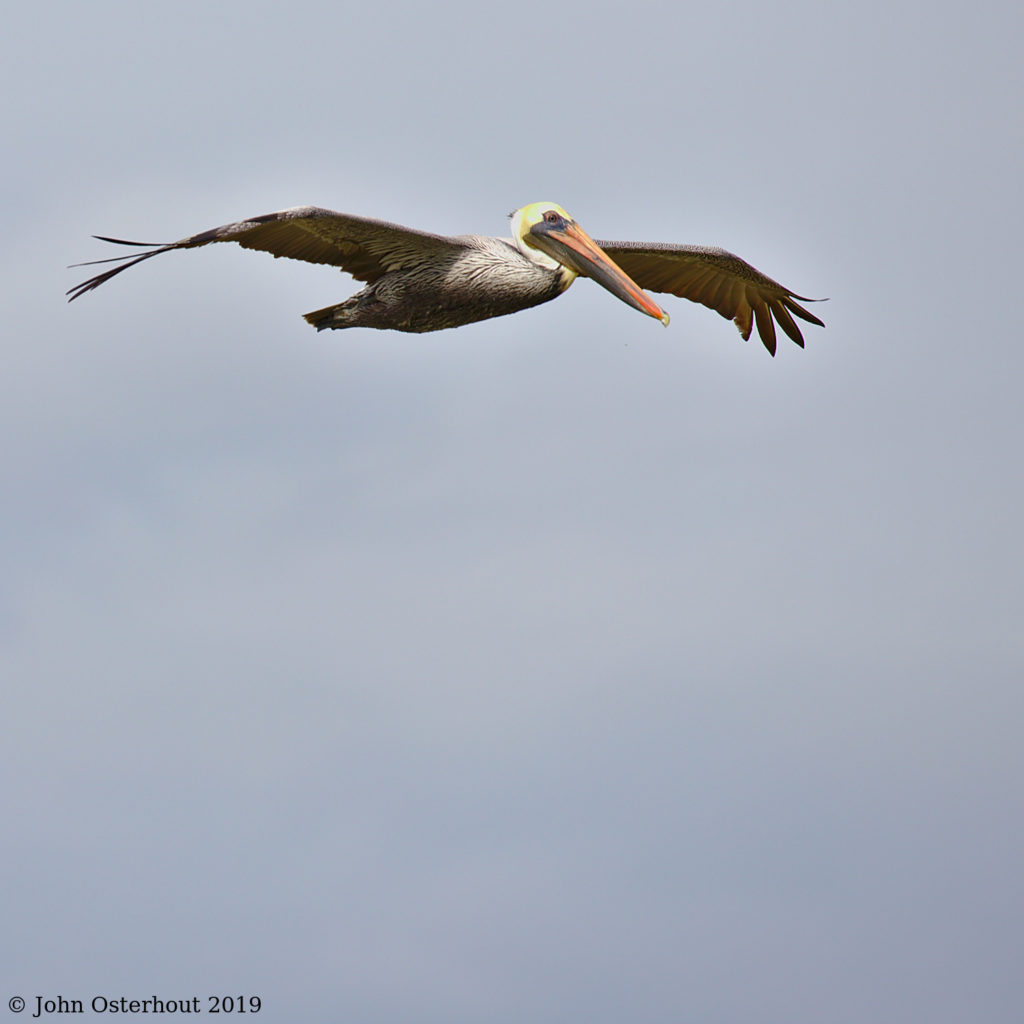
Look! Up in the sky! It’s a bird! It’s a plane! It’s a pelican! (Apologies to Superman). Maybe not faster than a speeding bullet, but cool anyway.
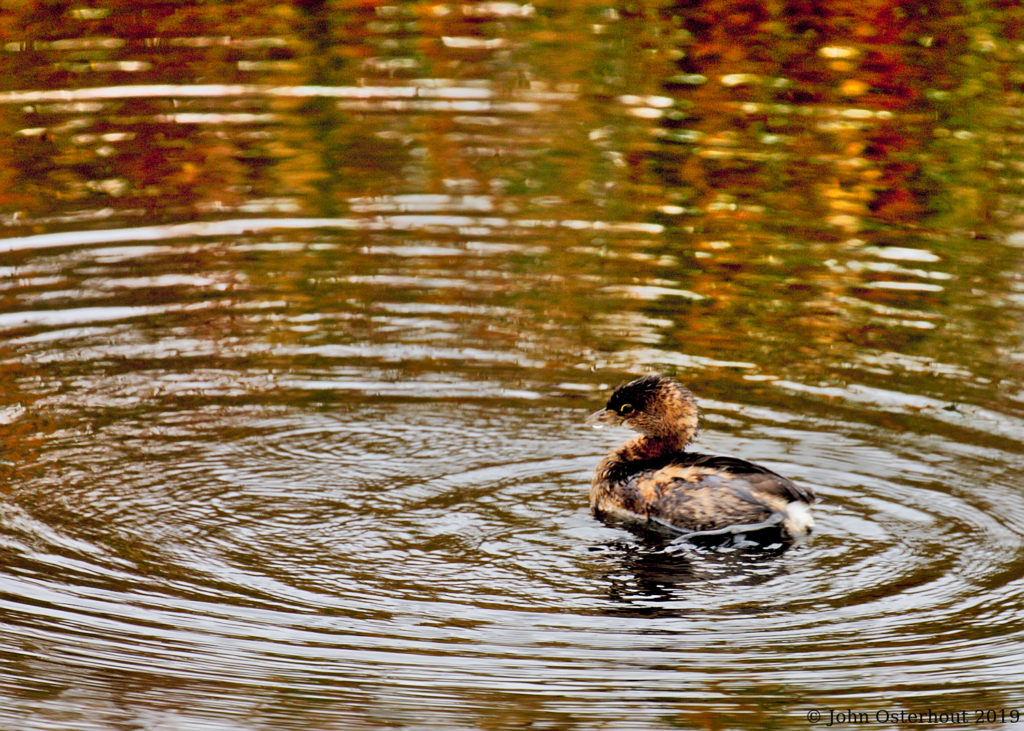
On day 2 of our birding excursion, we drove over to Aransas National Wildlife Refuge to do some birding from the land side. We photographed this Pied-billed Grebe from the boardwalk at the alligator viewing area (we also photographed an alligator, but that’s for another post).
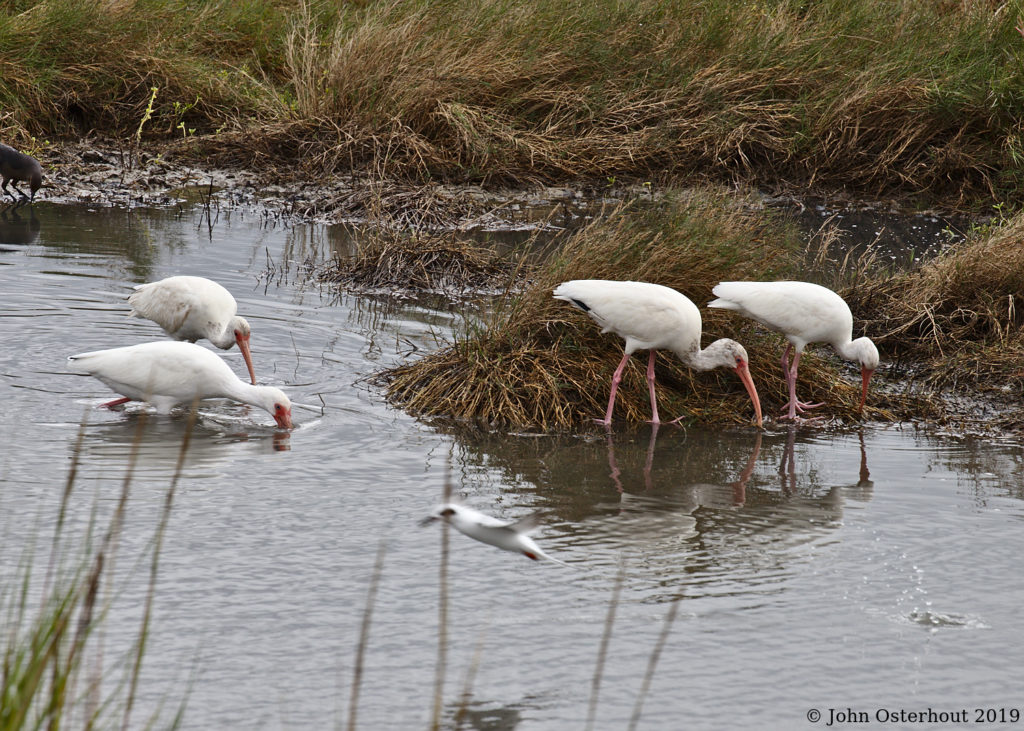
This photo was taken on the Heron Flats Trail in Aransas NWR. We see four White Ibises doing what White Ibises do. The smaller bird has just divebombed in from the right. You can see the splash it made in the lower right corner. I’m calling this a Forster’s Tern in non-breading plumage on the basis of: black bill, white head, black patch on the head and red legs. If you think I’m wrong, please feel free to pelt me with comments. I enjoy birding, but I’m by no means an expert.
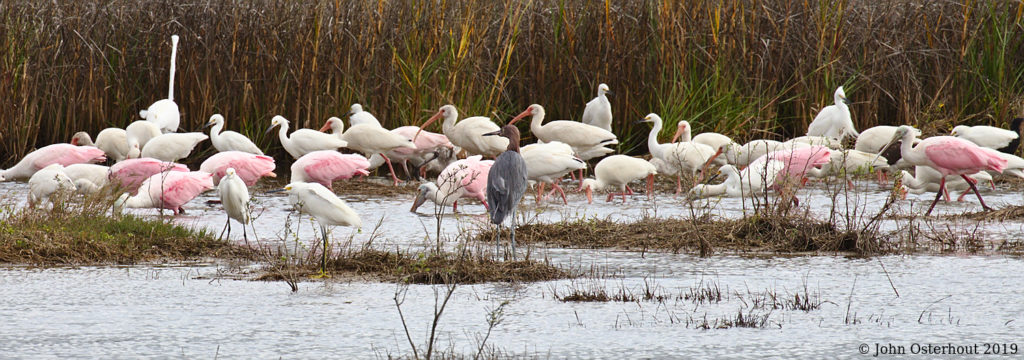
Here is a bunch of birds from Heron Flats. The bluish bird with a reddish head in the center of the frame is a Little Blue Heron in nonbreeding plumage. The birds with pink in their feathers are Roseate Spoonbills. The only Spoonbill with it’s bill out of the water is on the far right and it’s holding it’s bill side on, so you can’t see the cool “spoon”. The ones with the curvy orange beaks are the White Ibis. About a third of the way in from the left, the closest bird, white with a black bill, black legs, and yellow feet is a Snowy Egret. There are several of these scattered about. Finally, that tall white bird with the slender neck standing tall above the rest on the left is a Great Egret.
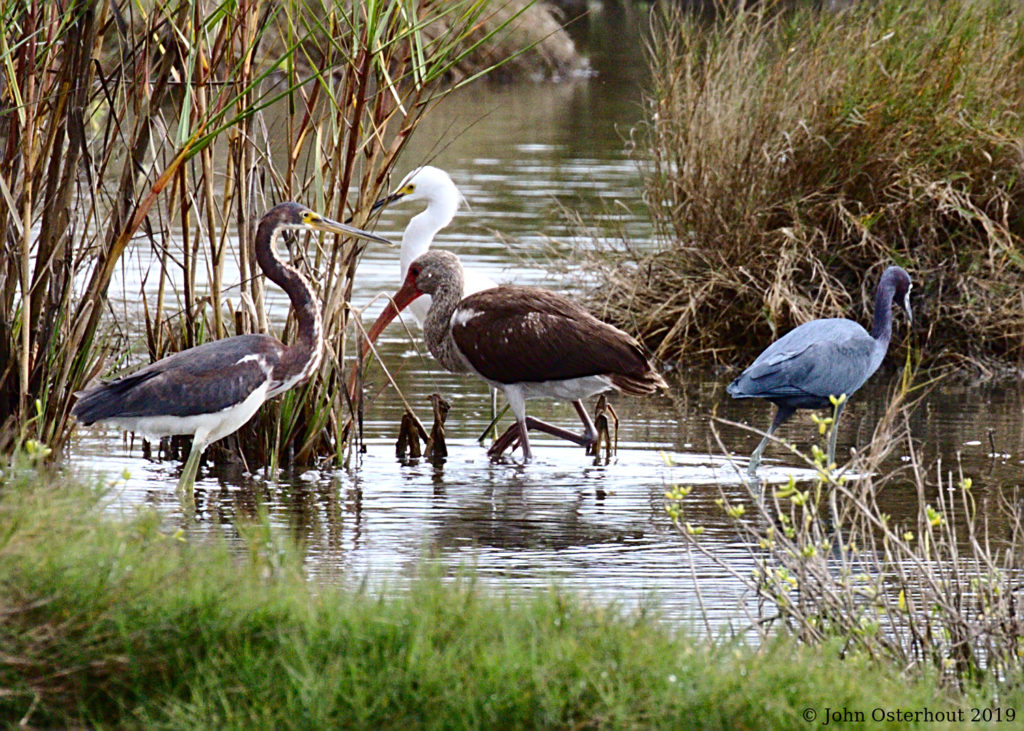
From left to right, we have: a Tricolored Heron (formerly Louisiana Heron), a Snowy Egret (the white bird in back), a White Ibis in 1st fall plumage (the non-white bird in front), and a Little Blue Heron. They didn’t sing. I’m sure that, if they did, they wouldn’t harmonize.
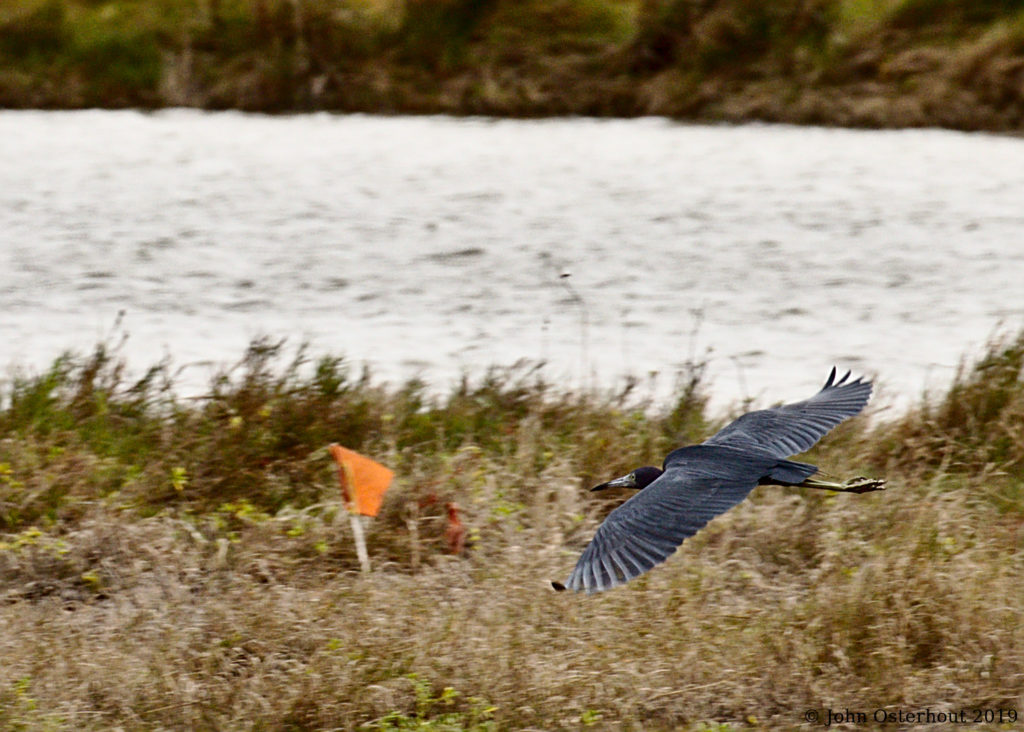
Here is a Little Blue Heron flying off to lunch. He was in a hurry and didn’t stop to chat.
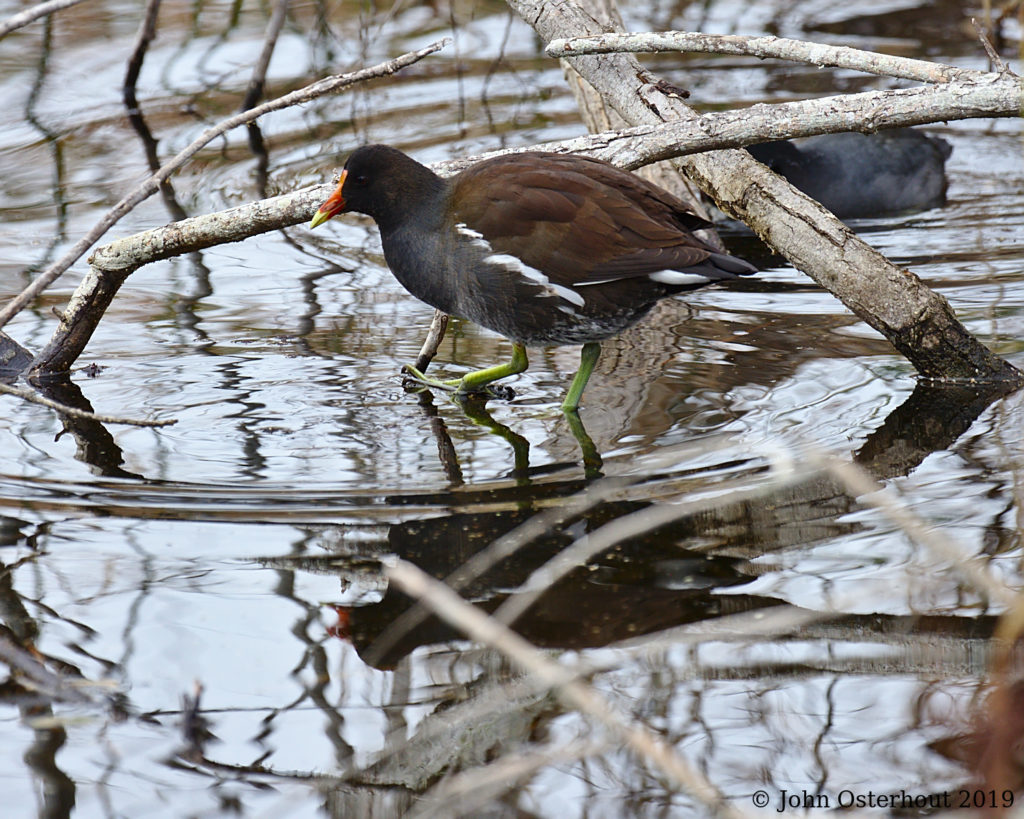
Formerly called the Common Gallinule, the name was changed several years back, even though we don’t have moors. Something about regularizing the names. If they were going to rename this bird, they should have called it the Snazzy Moorhen, since its look is anything but common.
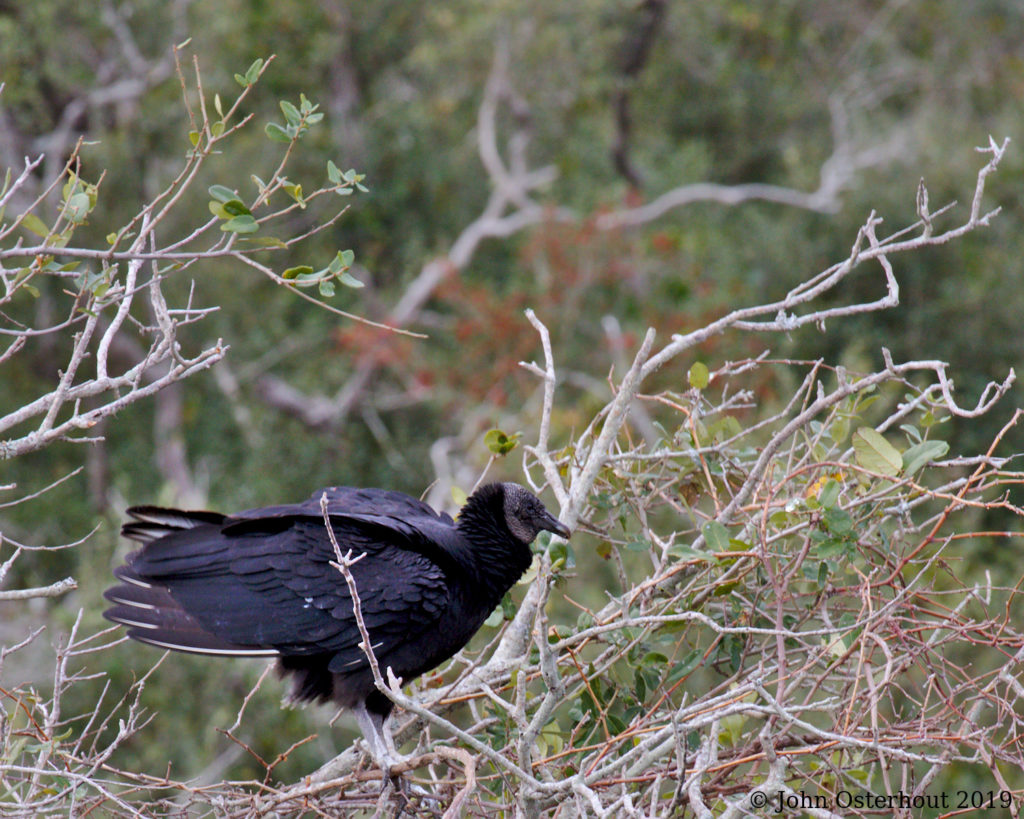
Here is a nice Black Vulture in the top of a tree. This shot was taken from the main observation tower at Aransas NWR. It’s always fun to go up the tower and have a look around. We didn’t see whooping cranes from atop the tower this year, but others did a little later in the day.
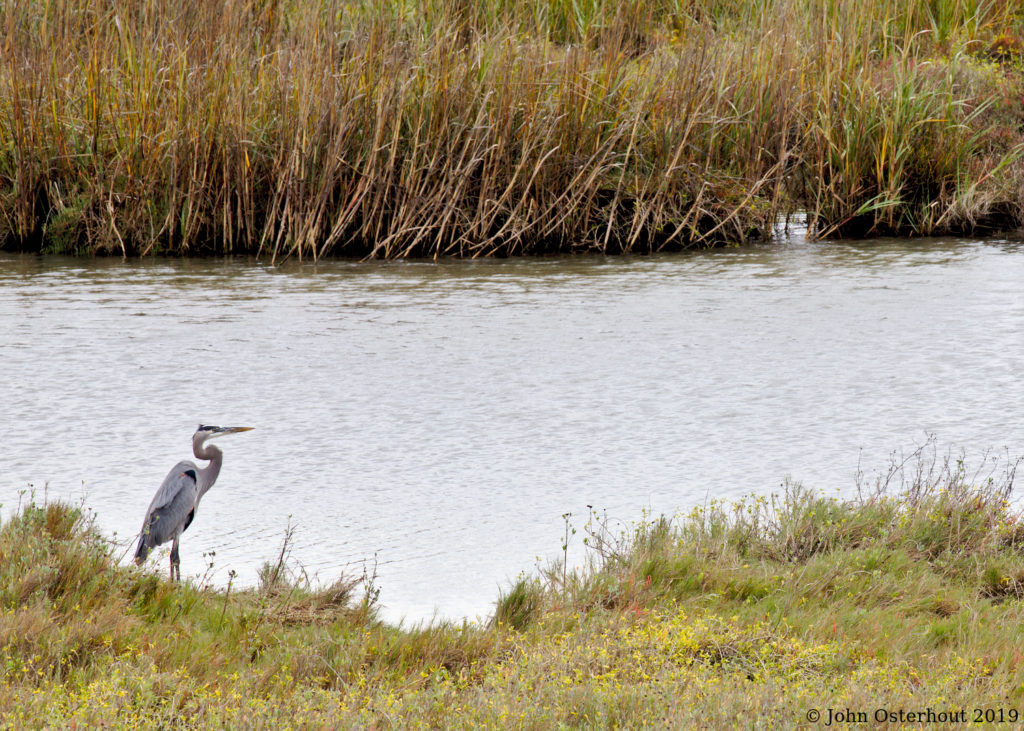
Master of all he surveys, this Great Blue Heron was photographed from the boardwalk near the Aransas NWR observation tower. We saw a lot of other birds here, too, and another alligator.
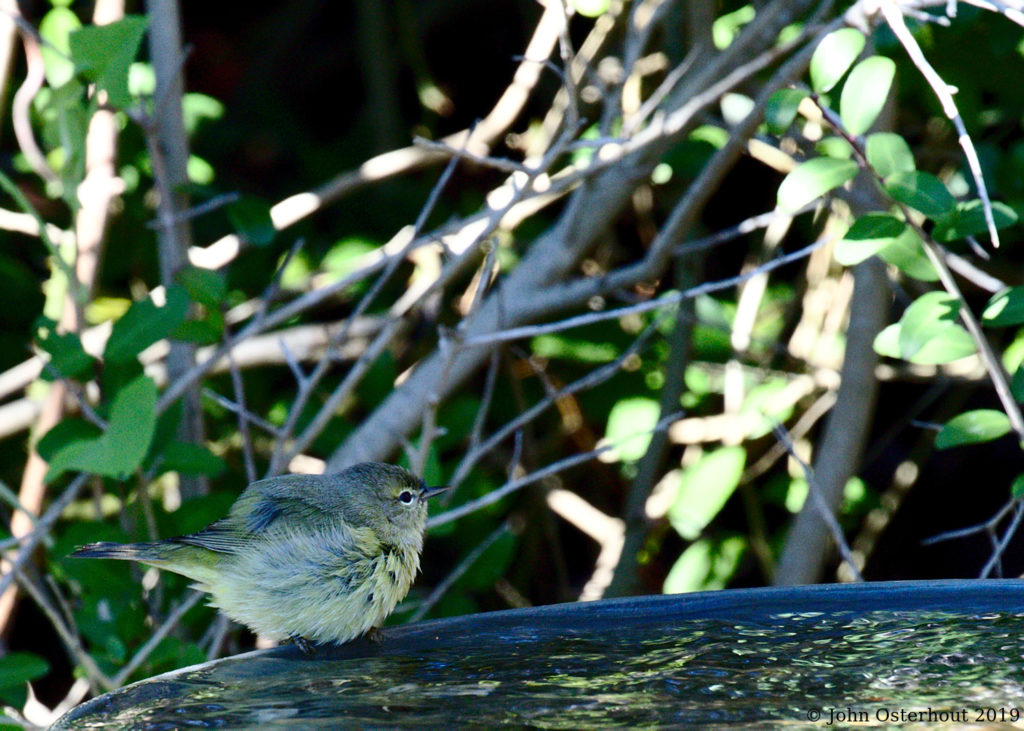
On day three of our Great Birding Excursion, we went over to Goose Island State Park. The seaside shelters were closed so we made do with the more forested parts of the park. We found a birding area, where there were some feeders and some water. This Ruby Crowned Kinglet was taking a bath. It think this is the female. I thought I saw another one flash its red crown later, but I didn’t get a photo.
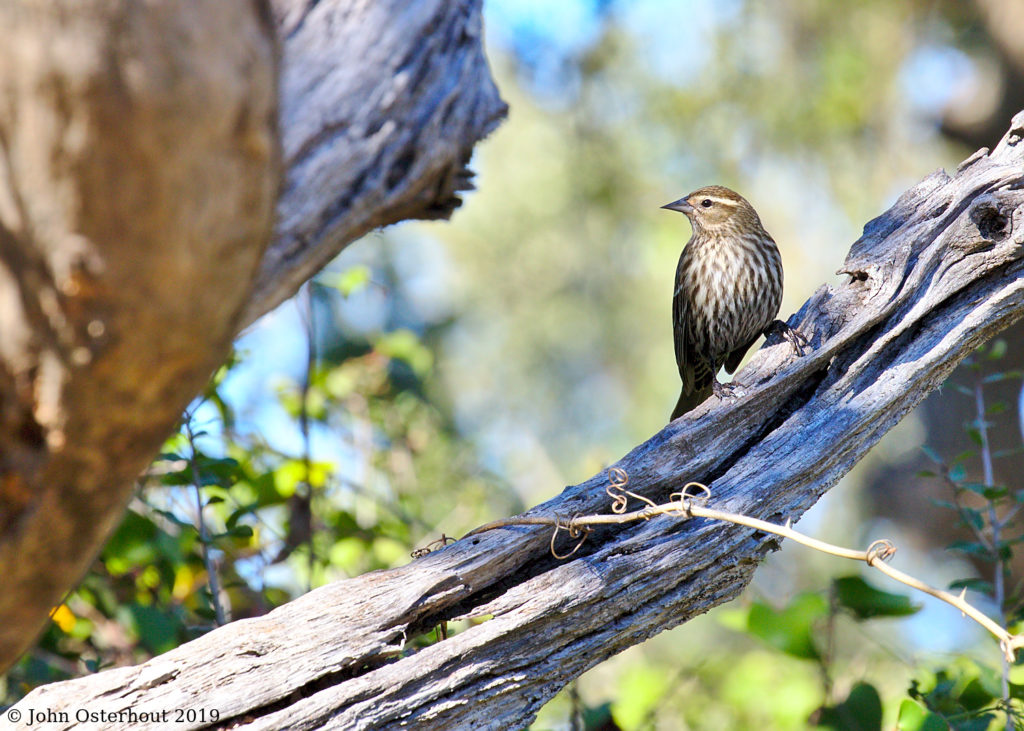
This is a female Red Winged Blackbird. There was a small flock congregating under one of the feeders. I saw a male, too, but only one.

Who doesn’t love a Titmouse on a feeder? This one is of the Black Crested variety, which is found in Texas. There were several of these playing around the feeders.
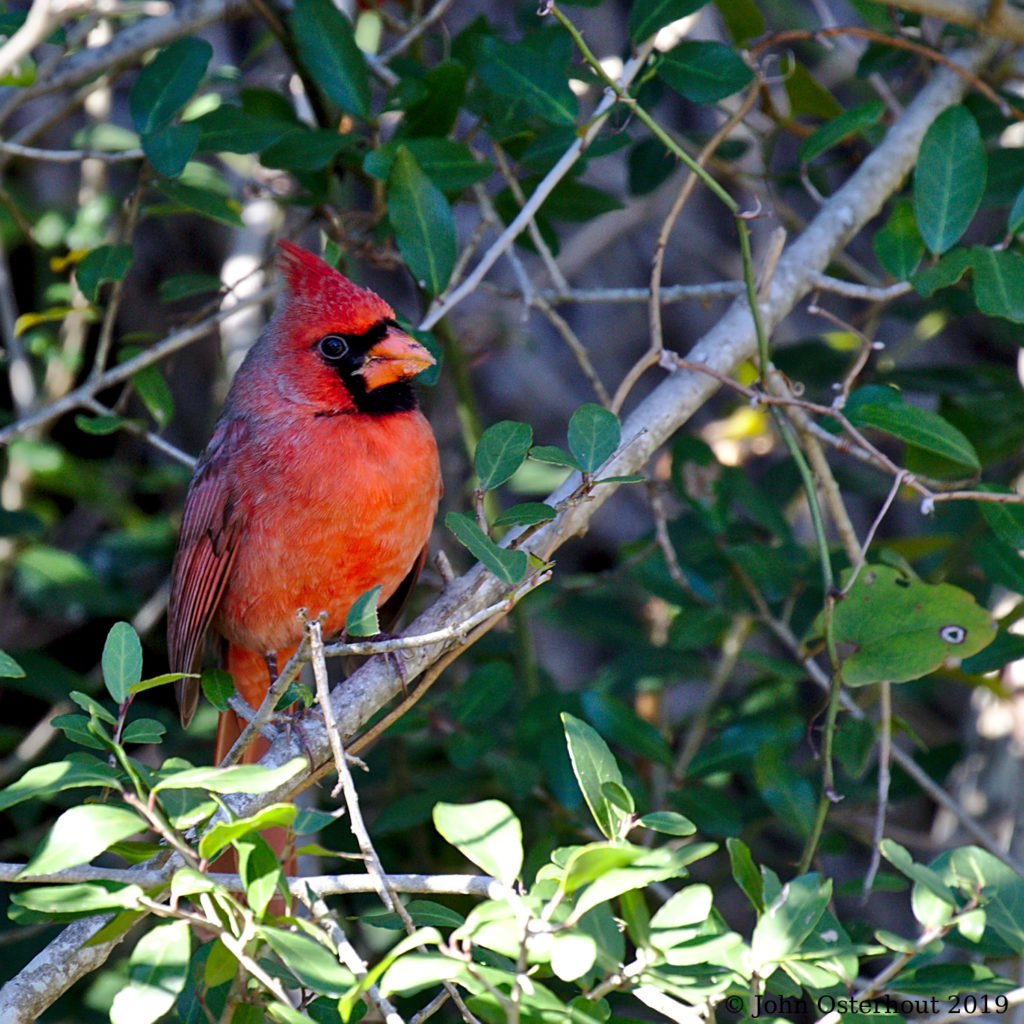
What better way to close out the set than with a nice red, flashy bird?
Gallery
Here is a gallery of all the photos for your enjoyment.
These photos were taken with a Canon 6DII wearing a Canon 100-400mm f4.0-5.6 IS II zoom. The images were processed with Darktable, which is free, open source software available for Windoze, Mac, and Linux. All of the shots were taken at 400mm except the Little Blue Heron Flying (360mm) and the Common Moorhen (312mm). The images were extensively cropped.
I bought the 100-400 zoom as a general telephoto and poor man’s birding lens. I have much photo-gear lust for the Canon EF 400mm f2.8L IS III USM (MSRP $11,999), the EF 600mm f4 IS III USM (MSRP $12,999), and, of course, the EF 800mm f5.6 IS USM (a bargain at $12,999). Sigh.
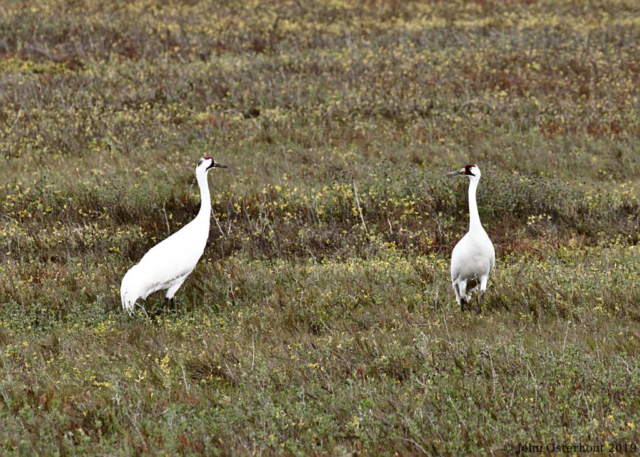
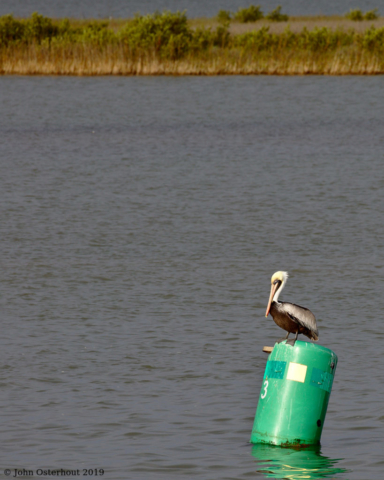

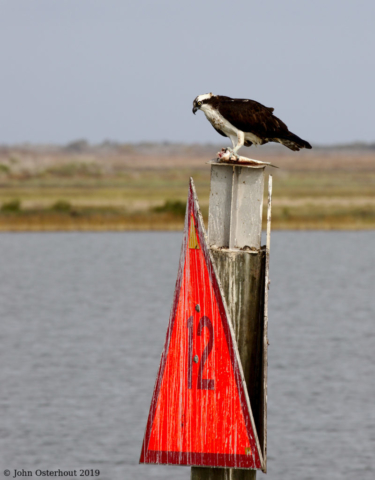


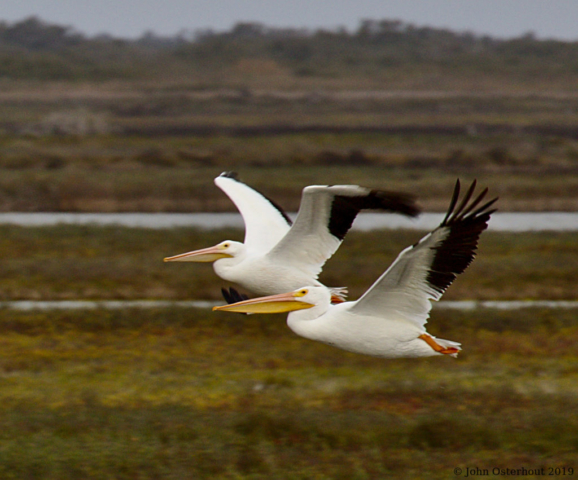
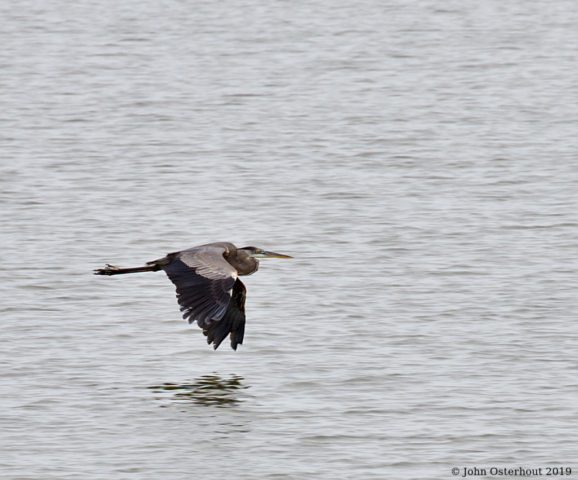

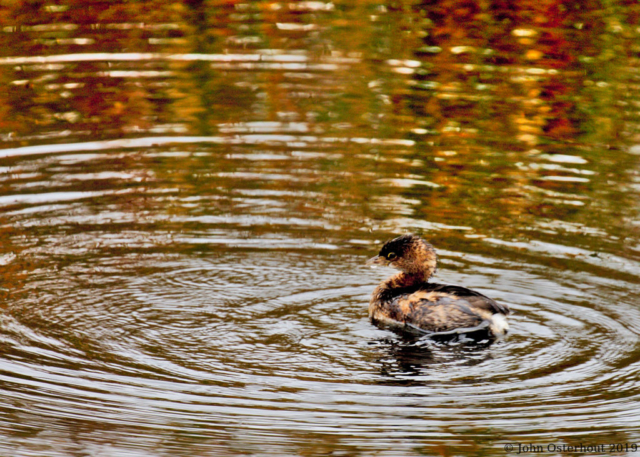


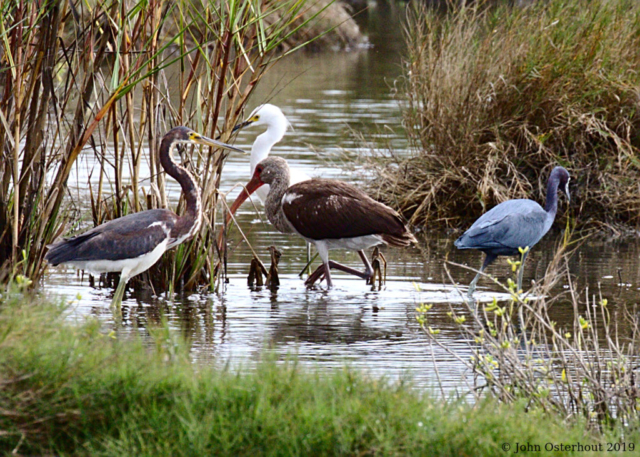
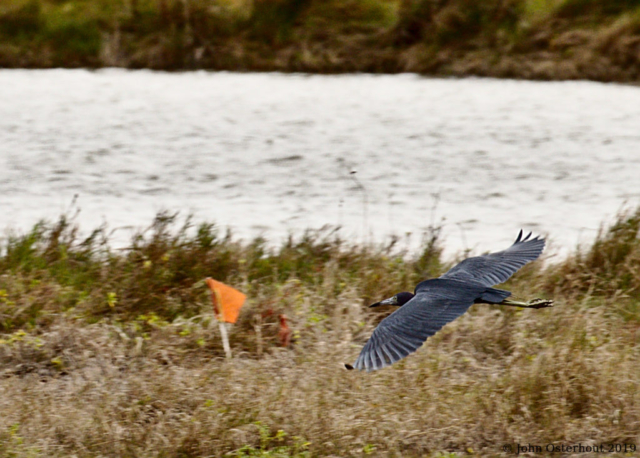
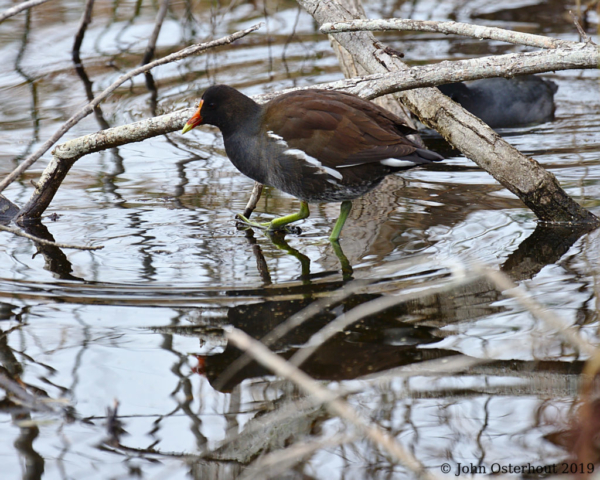

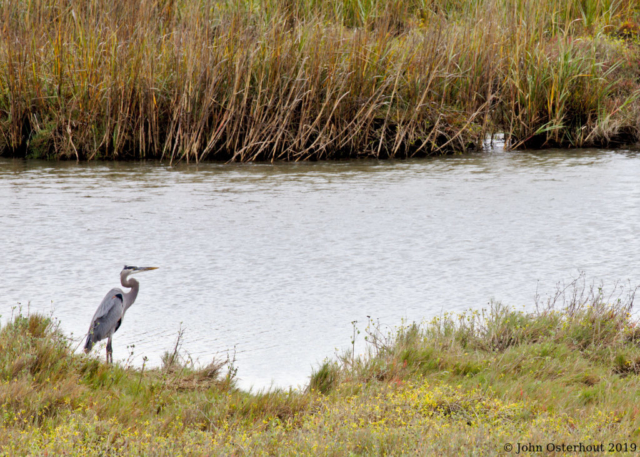

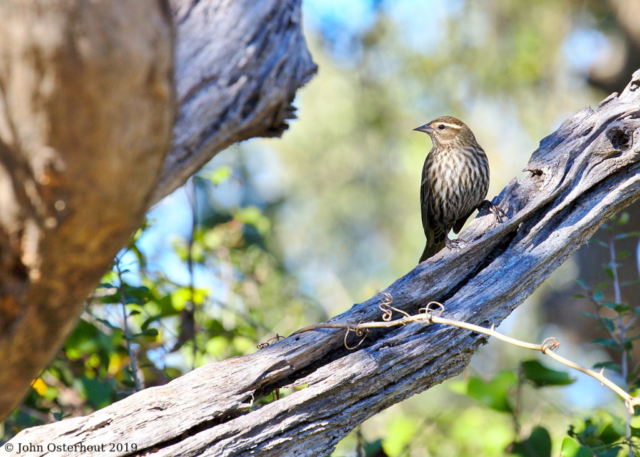

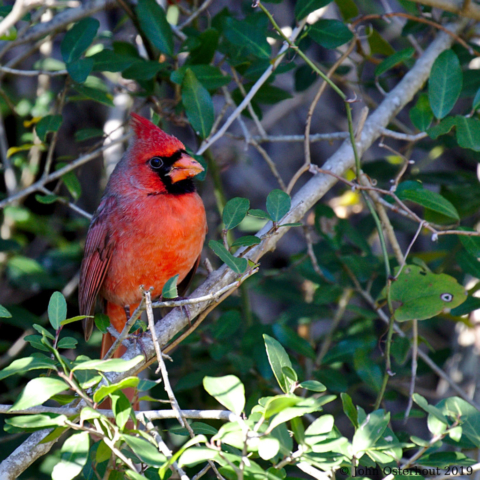
Birds bustin’ out everywhere! Good shots. That zoom must really work because our bird pictures always look like LBB’s even if they are really eagles.